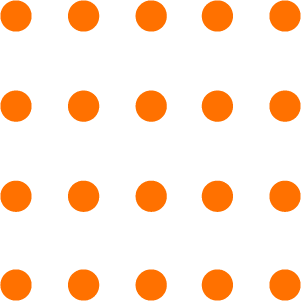Cowbell Rx
Find Solutions by NIST Control Area
Select a category from the following NIST Control Areas to see relevant solutions from our partners:
Govern
Sets the rules for guarding the castle
Identify
Lists everything valuable inside and checks for weak points
Protect
Builds strong walls, secures doors, and trains guards
Detect
Watches for intruders and alerts the guards
Respond
If attackers break in, the guards fight back and report the damage
Recover
Repairs the castle and strengthens defenses for next time.
Govern
Setting the Rules and Responsibilities
Before tackling cybersecurity, organizations need a game plan—this is what the Govern function ensures. It sets rules, roles, and responsibilities for managing cyber risks.
Organizational Context
Understanding the business, its goals, customers, and legal obligations to shape cybersecurity decisions.
Risk Management Strategy
Defining how much risk the company is willing to take and planning how to manage threats.
Roles, Responsibilities, and Authorities
Assigning cybersecurity duties to leadership and employees, ensuring accountability.
Policy
Creating, updating, and enforcing cybersecurity policies.

Oversight
Regularly checking cybersecurity performance and making improvements.
Cybersecurity Supply Chain Risk Management
Ensuring vendors, suppliers, and partners follow security best practices.
Identify
Knowing What You Have & Where Risks Are
You can’t protect what you don’t know exists. The Identify function ensures companies know their assets, risks, and vulnerabilities to prioritize cybersecurity efforts.
Asset Management
Keeping track of important assets (hardware, software, data, employees, etc.).
Risk Assessment
Identifying and evaluating cybersecurity threats before they become a problem.
Improvement
Learning from past security tests and incidents to strengthen cybersecurity defenses.
Protect
Safeguarding the Organization
Once risks are identified, organizations need protective measures to prevent cyberattacks.
Identity Management, Authentication, and Access Control
Making sure only the right people and devices have access to sensitive systems.
Awareness & Training
Educating employees on cybersecurity best practices to prevent human errors.
Data Security
Protecting sensitive data from hackers and ensuring backups are secure.
Platform Security
Keeping hardware, software, and applications secure through updates and monitoring.
Technology Infrastructure Resilience
Ensuring the business can continue operating even during cyberattacks or technical failures.
Detect
Spotting Cyber Threats Early
Even with protection, cyber threats can still slip through. The Detect function ensures threats are found before they cause major damage.
Continuous Monitoring
Watching over networks, systems, and physical environments to detect suspicious activity.
Adverse Event Analysis
Investigating unusual activities to determine if they pose a cybersecurity risk.

Respond
Taking Action When Attacks Happen
If a cybersecurity incident occurs, organizations need a structured response to contain the damage and recover quickly.
Incident Management
Following a pre-planned response strategy when a cyberattack happens.
Incident Analysis
Investigating the attack to understand what happened and how to prevent it in the future.
Incident Response Reporting & Communication
Informing employees, partners, and authorities about the incident.
Incident Mitigation
Stopping the attack from spreading and removing the threat from systems.
Recover
Getting Back to Normal After an Attack
The Recover function ensures that after an attack, the business can restore operations as quickly and safely as possible.
Incident Recovery Plan Execution
Fixing affected systems and verifying they are safe to use.
Incident Recovery Communication
Keeping employees, customers, and regulators informed about recovery efforts.



Not Sure Where to Start?
Schedule a call with our Cybersecurity Services Cowbell RX Assist and we can help identify potential solutions based on your needs and business goals.

